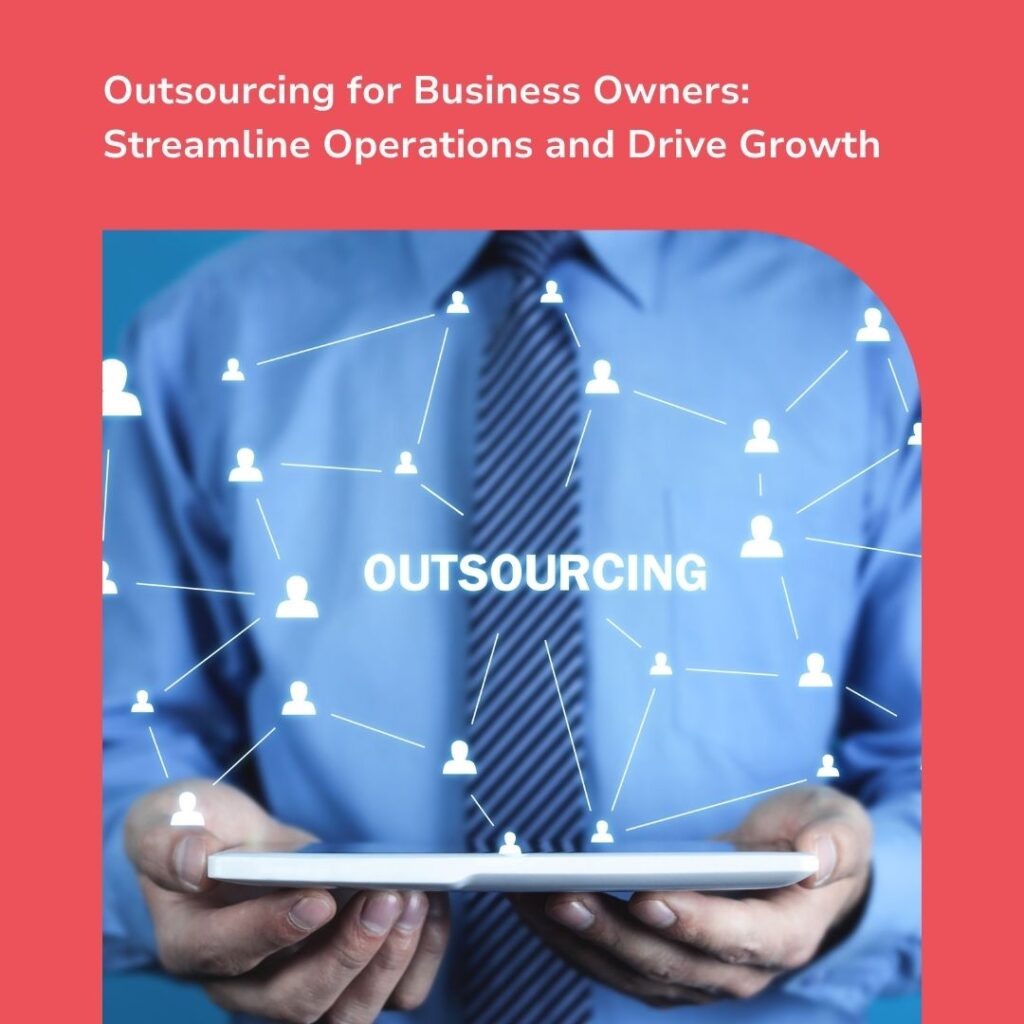Despite the recent pandemic, traditional face-to-face networking events still hold great value.
They’re a powerful way to connect people together and allow professionals to meet, engage and build relationships.
As a host, it’s your job to create an atmosphere that facilitates conversations, and then politely move out of the way.
Do this effectively, and you’re suddenly transformed into a business leader in your community and it is a great way to build your credibility.
Plus, you cannot beat the exposure. When people attend great events they’ll talk about it, both in person and online, meaning the benefits extend beyond the event itself.
If you are still unsure about why you should be running events, even if they are free, please check our video on the topic:
So, how do you plan a successful networking event? Here are our top 5 tips…
Decide on your Format
Networking events can be as structured or as formal as you want it.
But ultimately, it will depend on your audience and what works best for them.
For instance, if the attendees are already familiar with one another, the event could be held in a pub over a couple of beers to get the chat flowing.
On the other hand, if those attending are complete newbies to your network, they may need extra encouragement to mingle.
In this case, you could think about a “speed” networking event, similar to dating, where every attendee has the opportunity to make a short introduction to everyone, swapping tables every so often.
Alternatively, you could arrange a professional workshop, masterclass or talk that gives attendees an extra incentive to turn up.
Whatever you decide, make sure it’s what your audience expects to avoid any disappointment.
Choose a Venue
When deciding on a venue, you’ll want to ensure that it is a) easy to find and b) has plenty of parking.
Simply, you want to reduce the chance of any possible frustrations that could get your event off to a bad start, and avoid making a naff first impression.
At the same time, ensure your venue has plenty of space to encourage attendees to move around comfortably when networking with one another.
Moreover, consider a few high-top tables rather than large tables with seating to ensure attendees can mingle without having to reach or shout over others.
It’s worth noting here, that giving people the chance to visit somewhere a bit more exciting can have a big impact on sign-up, so choose your venue wisely.
Make Check-in Quick and Easy
Even if your networking event is free, it’s worth having attendees check-in.
Because, not only do you want to track how many people turned up, if you ask for their email addresses, you can follow up and announce future events.
However, if someone refuses to give you their email, just let it slide and stay friendly and make sure the person checking them in is warm, inviting and professional.
Related to this, if you would like to get more people to join your event, please check our video on this topic:
Meet, Greet and Connect with Everyone
The whole point of your event is so that people actually network.
Therefore you should make it your priority to personally meet and greet everyone who attends.
To get a head start, try to get to know something about everyone, and identify who might be useful to who.
From their job titles and who they work for to what their interests are, create a list prior to the event which you can then sound round to help attendees identify in advance who they would like to meet in particular.
Here, a useful tool is Eventbrite’s Custom Questions feature (a great platform to facilitate bookings), which prompts people to fill in extra information at the point of registration)
Above all, be a great listener and take a genuine interest in them as a professional and their business; they’ll definitely remember you for it.
Feedback
There’s not really much point in hosting an event and then failing to follow up after.
Essentially, you want to keep the momentum of your physical networking event by taking it online, so consider creating a LinkedIn group where attendees of your event can join.
Doing this will not only develop an online community, but provides a second opportunity for attendees to touch base with their new contacts.
Moreover, you’ll want to contact everyone who attended and ask how they liked the event, asking for constructive feedback and welcoming any ideas for improvement.
The Bottom Line
For every business in any given industry, networking is essential for success.
Yet only a small fraction of professionals will make the effort to host an event – usually because they’re not sure where to start when it comes to planning.
Hopefully by following these tips above, you can successfully host an event, bringing remarkable people together and deepen working relationships that can prove to be worthwhile in the future.
Please contact us today to find out more.
In the meantime, please check our digital marketing services.
You may also like:









